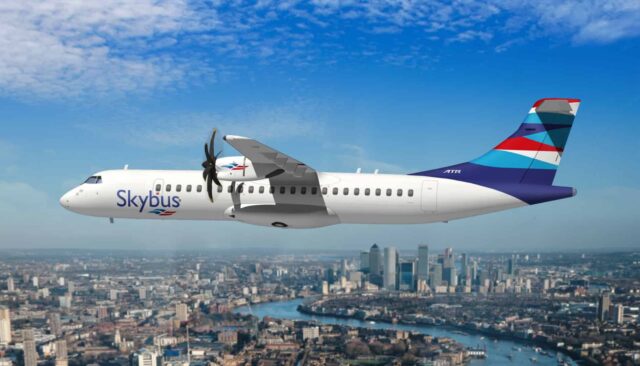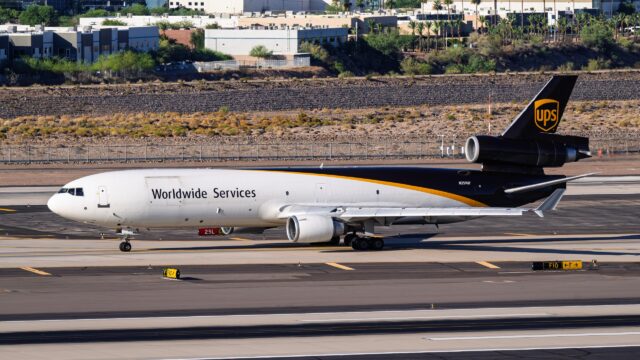NGAS: US Air Force continues search for next-gen air tanker, may drop stealth requirement

August 21, 2025

The US Air Force is continuing to pursue a next-generation air tanker, although it may have dropped the requirement for stealth. Purchasing more KC-46A Pegasus tankers or Navy MQ-25 tankers may also be options.
Status of the USAF NGAS program
The United States has been looking to procure a stealthy next-generation fighter (the F-47), a bomber (the B-21), and a tanker (the NGAS). The NGAS (Next Generation Air-Refuelling System) is needed to replace the now-retired KC-10 Extenders and ageing KC-135 Stratotankers.
The Air Force wants a low-observable or stealthy tanker. In the future, tankers will become increasingly vulnerable, as countries like China develop systems, such as the J-20 fighter jet, with the range to take them out.
This is unnerving the Pentagon and contributed to its decision to cancel the E-7 Wedgetail radar plane, although the programme’s fate remains uncertain with Congress moving to restore funding.

The question is money, and a stealthy NGAS would be expensive. The Air Force is paying for the new Sentinel ICBM missile, the F-47, and the B-21, and these programmes leave little room in the budget.
But the Air Force has not given up on NGAS. It is clear the Air Force needs to replace its KC-135s, but according to the Air and Space Forces Magazine, “In its 2026 budget request, the Air Force confirmed it’s no longer wedded to the idea of a stealthy tanker.”
On August 15, the Air Force issued a new Request for Information about the proposed platform. Documents do not mention stealth, but do say “alternatives for more survivable tanking capability could potentially be addressed through more resilient connectivity and on-board and off-board self-protection. Acquisition strategies for any or all of these options would be directly related to requirements that will be refined through the FY 2026 activities.”
Options for the Air Force tanker fleet
JetZero has previously offered a variant of its upcoming JetZero Z4 blended wing body aircraft as a solution. The first full-scale demonstrator is expected to fly in 2027.
Meanwhile, Lockheed Martin released several concepts that would be able to operate in at least somewhat contested airspace, including an unmanned version.

The USAF is currently purchasing the Boeing KC-46A Pegasus tanker based on the Boeing 767 airliner, but these conventional tankers are only meant to be a partial replacement for the Stratotanker. The Air and Space Forces Magazine reported the Air Force is considering increasing its order for these aircraft.
There has been talk about cancelling the NGAS due to cost and purchasing more existing KC-46As or even a land-based variant of the Navy’s new MQ-25 Stingray drone.
Seperately, one of the key reasons the Air Force is building the F-47 is to increase range, because the tankers will be vulnerable. The Navy wants the longer-ranged F/A-XX so that it can move its carriers further out of harm’s way.
US Air Force aerial refuelling dominance
According to an estimate by FlightGlobal, the United States possesses 605 tankers (75% of the global fleet), followed by Saudi Arabia with 22 (3%), Russia with 19 (3%), and France with 16 (2%).
These gas stations of the skies are a vital enabler for the US to project power around the world. For example, the B-2 Spirits that struck Iranian nuclear sites in June during Midnight Hammer were only able to fly nonstop from the US and back, thanks to multiple aerial refuellings.

It is difficult to overstate how important the Air Force’s fleet of tankers is to projecting power. In the lead-up to Midnight Hammer, the US was seen flying more tankers to Europe than any other country possesses in total.
But these are also a key weakness; an adversary, like China, does not need to develop a fighter jet able to take on an F-35 directly. It can develop one good enough and with enough range to knock out the enablers like tankers that allow the F-35 to operate.
















